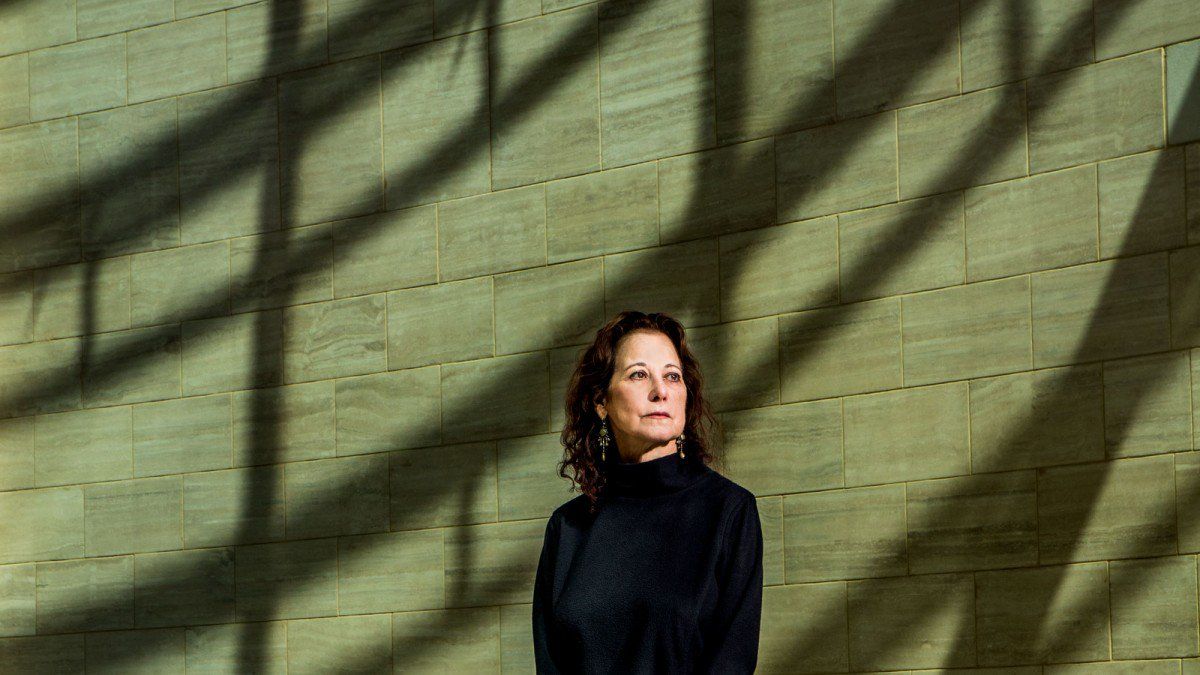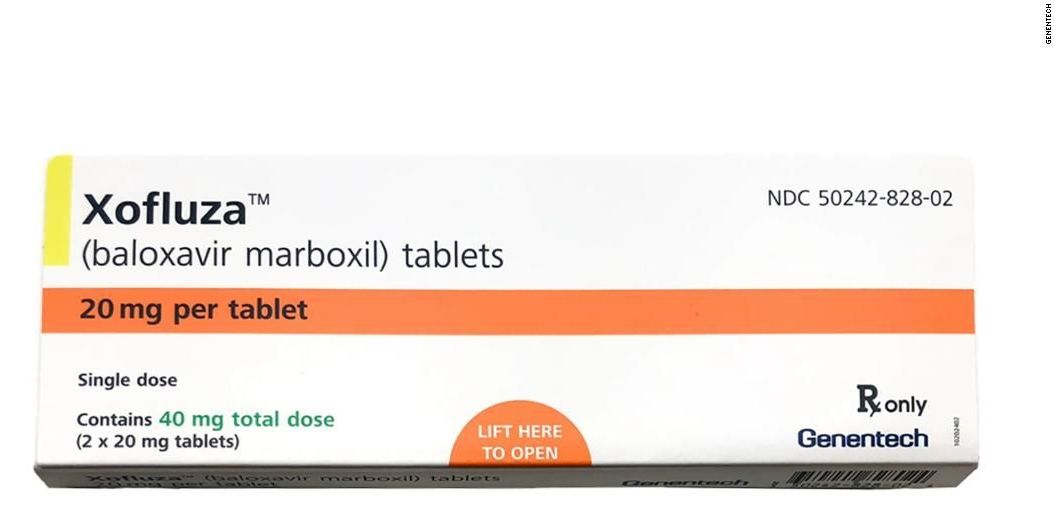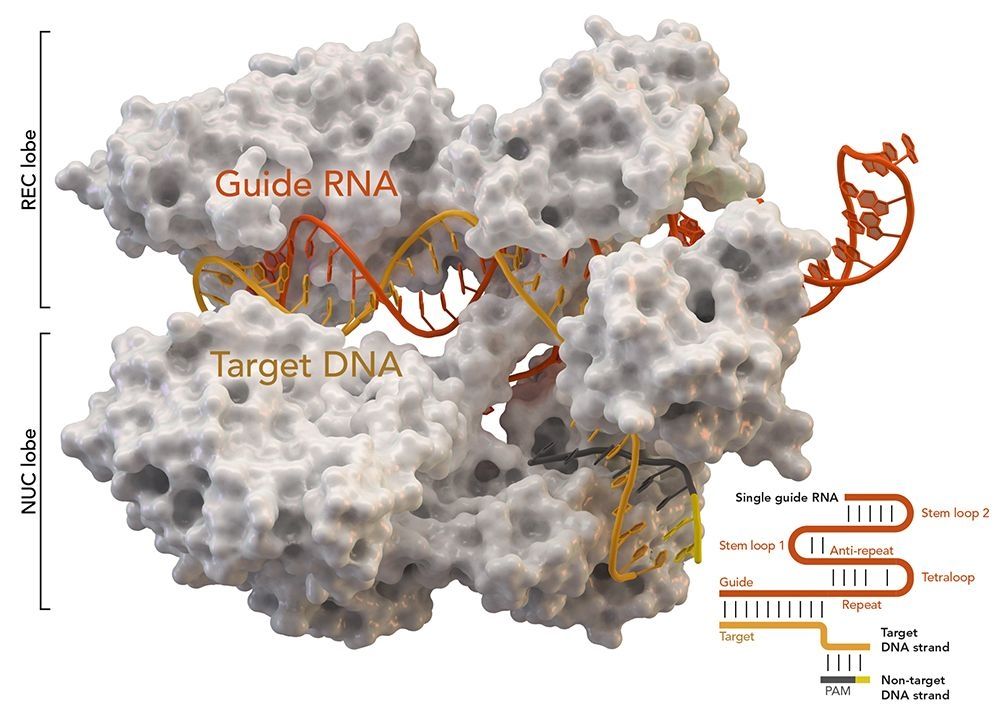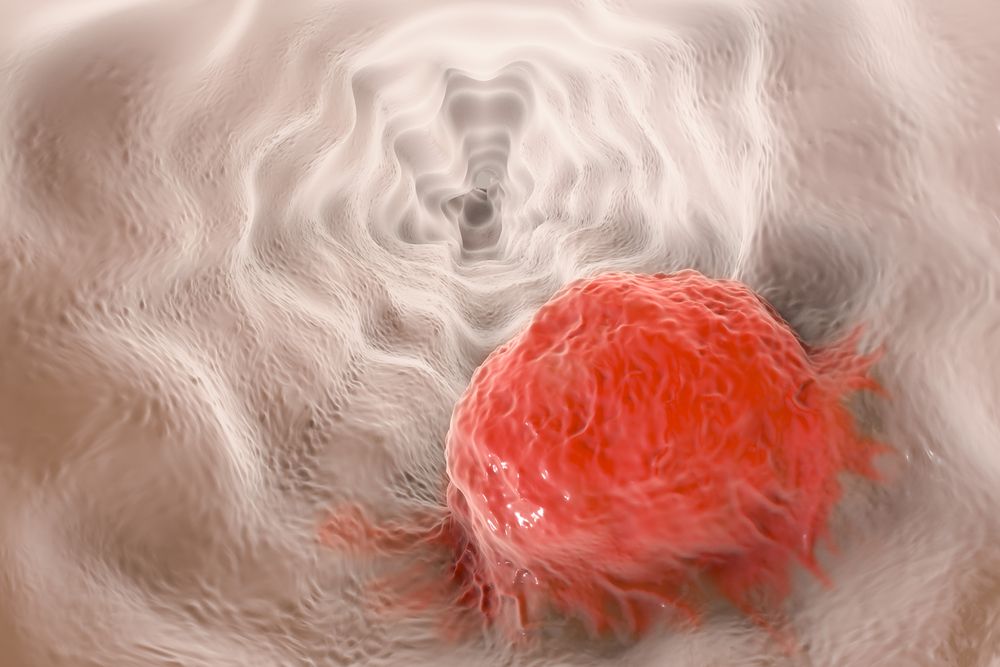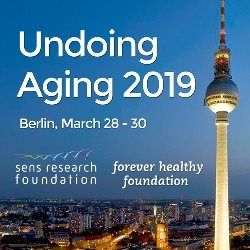Drugs that target multiple aging pathways at once significantly extend the healthspan and lifespan of nematodes.
In a paper published in Developmental Cell, scientists from Yale University have demonstrated how targeting multiple pathways related to aging with different drug combinations can slow aging down and extend healthy lifespan in C. elegans [1].
Abstract
There is growing interest in pharmacological interventions directly targeting the aging process. Pharmacological interventions against aging should be efficacious when started in adults and, ideally, repurpose existing drugs. We show that dramatic lifespan extension can be achieved by targeting multiple, evolutionarily conserved aging pathways and mechanisms using drug combinations. Using this approach in C. elegans, we were able to slow aging and significantly extend healthy lifespan. To identify the mechanism of these drug synergies, we applied transcriptomics and lipidomics analysis. We found that drug interactions involved the TGF-b pathway and recruited genes related with IGF signaling. daf-2, daf-7, and sbp-1 interact upstream of changes in lipid metabolism, resulting in increased monounsaturated fatty acid content and this is required for healthy lifespan extension.


